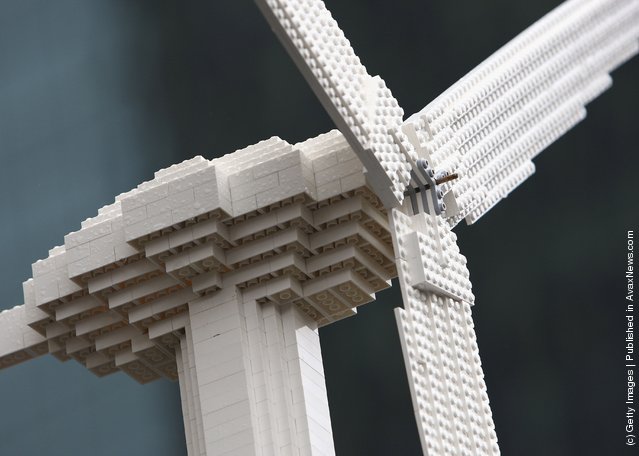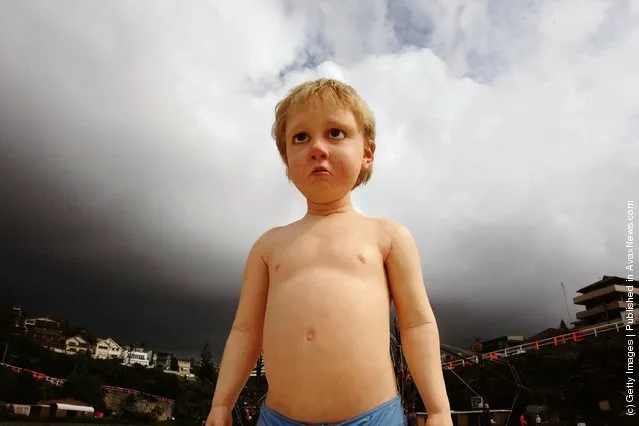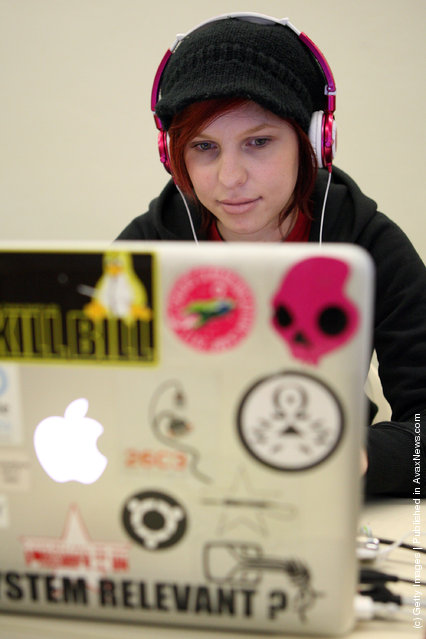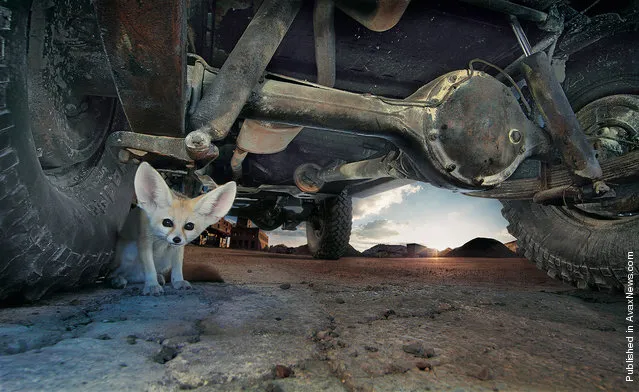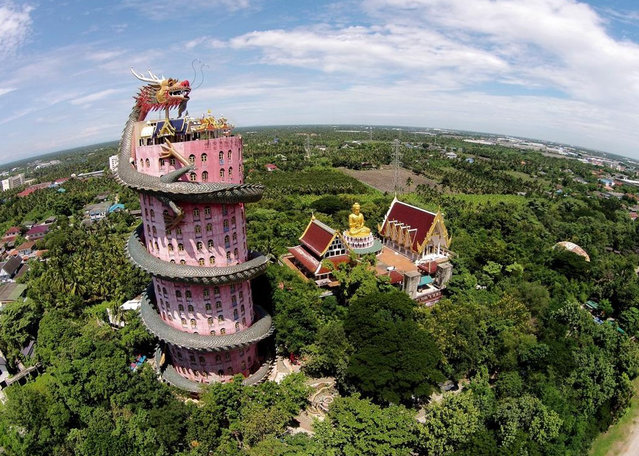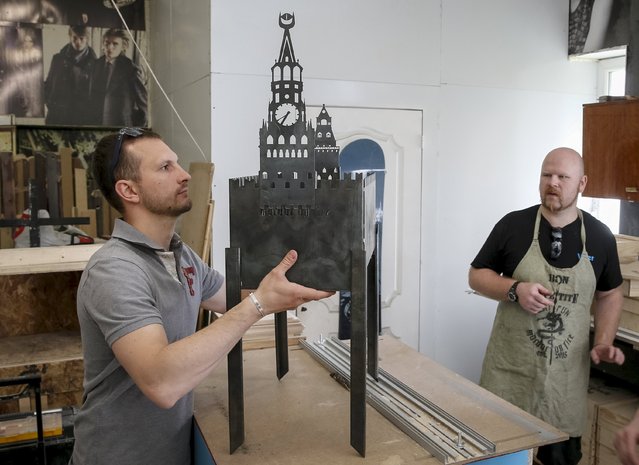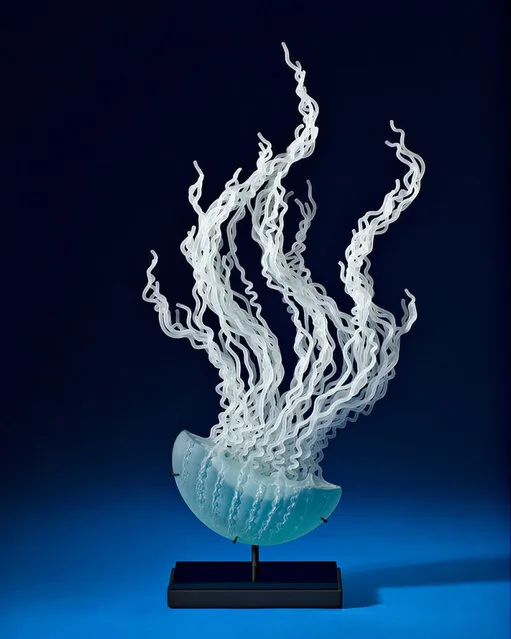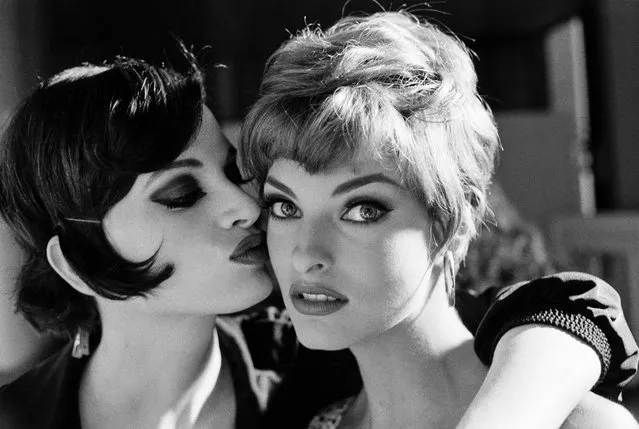
The fashion photographer made his name capturing big name models for Vogue. This month, 40 years’ worth of his work will go on show at Photo London and Atlas Gallery, in his first UK solo exhibition. Here: Kristen McMenamy and Linda Evangelista in Paris, for Vogue Germany, 1991. (Photo by Arthur Elgort/Courtesy Atlas Gallery)
18 May 2017 08:35:00,post received
0 comments

